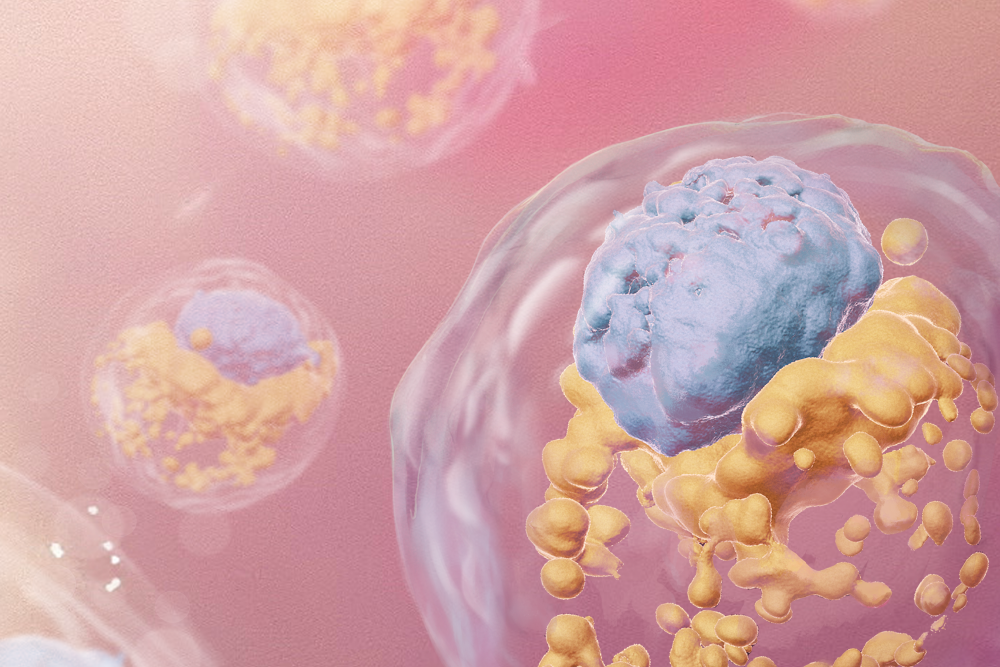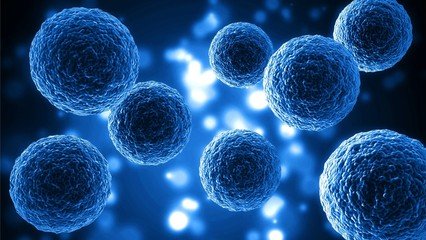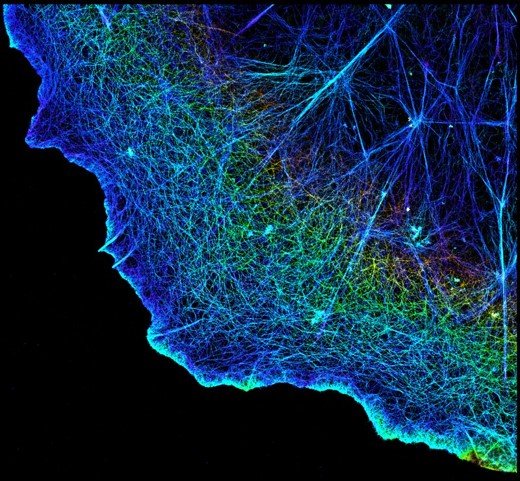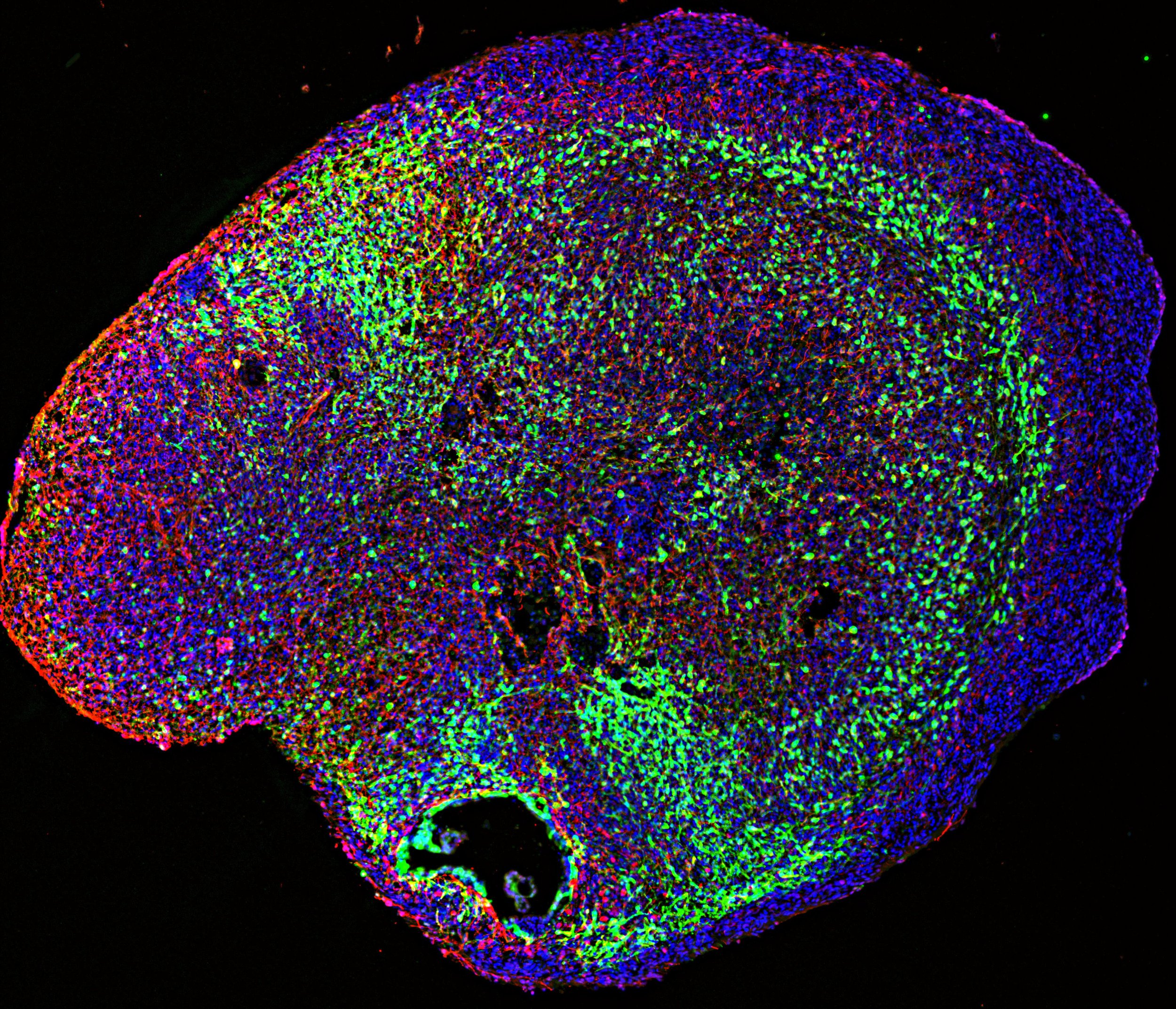Embryo Models
Integrated human embryo model | Photo from Jacob Hanna Lab at the Weizmann Institute of Science, Israel
In recent years, scientists have discovered that human pluripotent stem cells and related cell types grown in a laboratory setting can self-organize into structures that resemble aspects of early embryo development, given the right conditions. These structures, called human embryo models, are important and valuable tools for scientific research.
It is essential to note that stem cell-based human embryo models are not equivalent to human embryos created through fertilization. Human embryo models are not created through fertilization and do not possess all the characteristics or potential of human embryos created by fertilization. Human embryo models can represent a limited window of time in the overall developmental process, often imitating some aspects or tissues of human embryo development. Importantly, ethical guidelines prohibit the transferring of any human embryo model into the uterus of a living animal or human.
Why are embryo models used in research?
Embryo development is a complex process that remains poorly understood in part due to challenges in accessing and studying embryos, especially in mammals like humans. While animal embryos are valuable tools for studying fundamental aspects of embryo development, they are not human. There are biological differences between human and animal embryos that are important for understanding early human development, and are relevant to human fertility and reproduction, health, and disease. The use of human stem cell-based embryo models allows researchers to recreate and study some early stages of human embryo development in a laboratory setting that are otherwise inaccessible in the mother’s womb.
What are we learning from studying embryo models?
Embryo models allow researchers to conduct experiments that help us learn more about reproductive health, genetic diseases, and organ formation. Stem cell-based human embryo models have the potential to increase our understanding of infertility, which affects 186 million people worldwide, and why miscarriages occur, estimated to be 23 million annually worldwide. They also have the potential to improve in vitro fertilization (IVF) processes, explore alternative contraception methods, and enhance fertility treatments. In the future, embryo models could help guide drug discovery and biomedical strategies for managing genetic diseases and finding solutions for early pregnancy complications and other related developmental disorders, including congenital heart defects and neural tube disorders.
Overall, the progress in embryo models holds tremendous potential for improving our understanding of early human development and will help pave the way for new discoveries that will benefit individuals, families, and society, and improve public health.
Terminology:
Human Embryos are formed by fertilization of a human oocyte (female reproductive cell) by a human sperm (male reproductive cell).
Models are representations of a person, thing, or structure that are often used to imitate, study, and research. They allow us to change things to see potential outcomes more clearly and predict what will happen if certain predictions are true or certain things are changed. Models are used in many different areas, such as models of airplanes, dinosaurs, and buildings.
Pluripotent Stem Cells are stem cells that can become any cell in the body. There are two types of pluripotent stem cells: embryonic stem cells and induced pluripotent stem cells. Embryonic stem cells only exist at the earliest stages of embryonic development and induced pluripotent stem cells are made in the laboratory by converting adult specialized cells, such as skin cells, into cells with very similar properties as embryonic stem cells.
Stem cell-based embryo models are organized 3-D structures created by stem cells that mimic the developmental processes of the early-stage human embryo but do not currently have the features or function required to make a proper human embryo. Additional terminology can be used to further define the developmental stage of such models, including “post-implantation” and “pre-implantation” and “integrated” and “non-integrated”.
“Synthetic” or “Artificial” Embryos are terms that are not accepted or accurate to describe these models as they are neither synthetic nor embryos. These terms, commonly used by the media and press, should not be used in order to avoid confusion and to maintain accuracy and credibility.
Acknowledgements:
Kendra Prutton, International Society for Stem Cell Research (ISSCR)
Amander Clark, University of California, Los Angeles (UCLA)
Janet Rossant, University of Toronto
Insoo Hyun, Harvard Medical School
Kym Kilbourne, International Society for Stem Cell Research (ISSCR)
Jack Mosher, International Society for Stem Cell Research (ISSCR)
Tyler Lamb, International Society for Stem Cell Research (ISSCR)
October 2023




